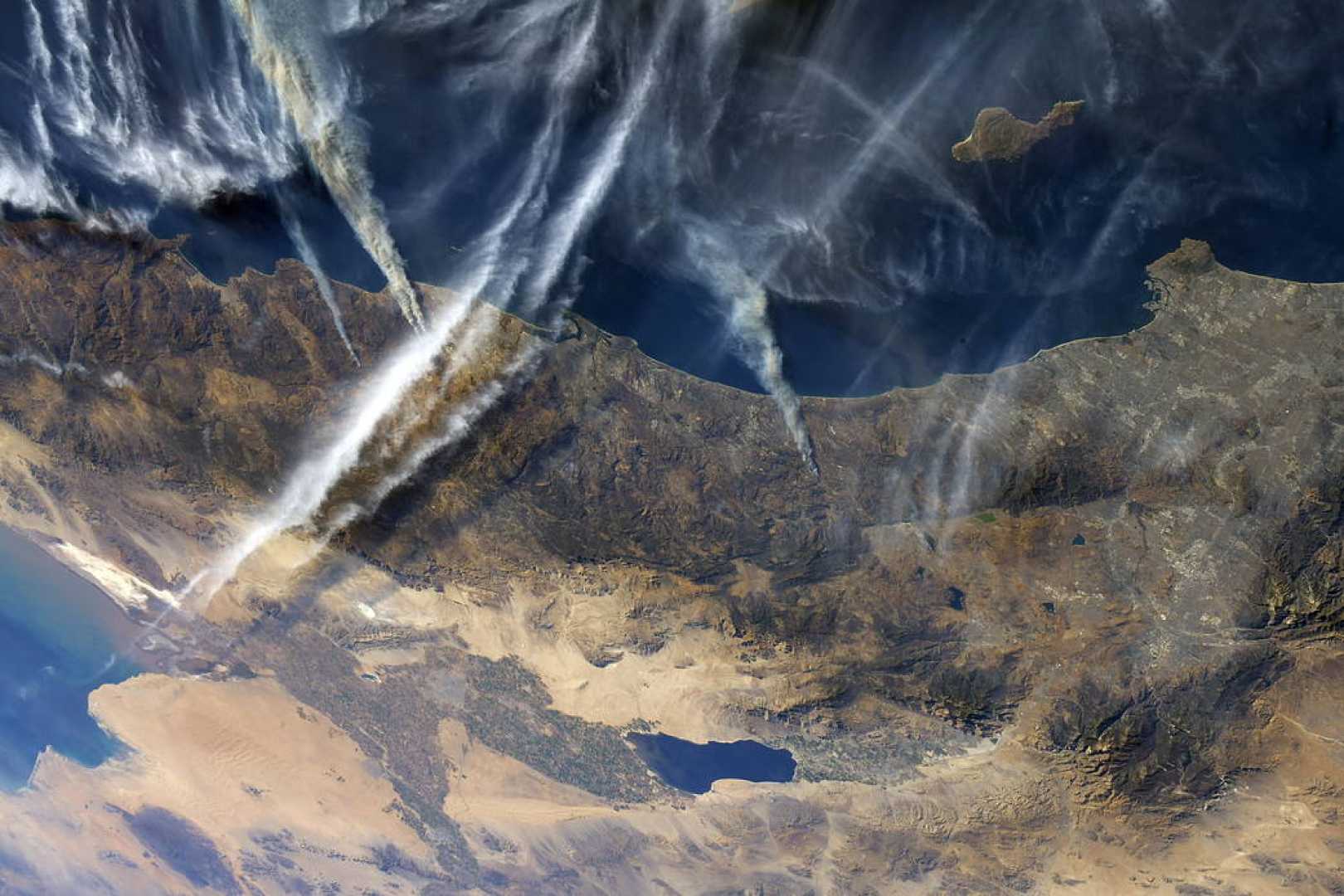News
Climate Change Intensifies Southern California Wildfire Risks

High winds and prolonged drought conditions are driving a surge in wildfires across Southern California, with experts warning that climate change is exacerbating the region’s vulnerability. The combination of powerful Santa Ana winds, dry vegetation, and a lack of rainfall has created ideal conditions for fast-moving and dangerous fires, particularly in areas with dense populations.
This month has seen the worst high-wind event in over a decade, with gusts reaching 60-70 mph. These winds, which blow from the interior toward the coast, are drying out vegetation and spreading fires into valleys and urban areas. “That’s where there are more potential ignition sources,” said Daniel Swain, a climate researcher at UCLA, in a social media post. “It’s also harder to implement pre-emptive power shutoffs in these areas.”
California’s recent weather patterns have further fueled the crisis. A decades-long drought ended just two years ago, leading to rapid growth of shrubs and trees that now serve as fuel for fires. However, last summer’s extreme heat and a dry autumn and winter have left the region parched. Downtown Los Angeles has received only 0.16 inches of rain since October, more than 4 inches below average.
Researchers emphasize that climate change is increasing the frequency and severity of “fire weather” days, characterized by low humidity and high temperatures. “California has seen some of the most significant increases in the length and extremity of the fire weather season globally in recent decades, driven largely by climate change,” said Professor Stefan Doerr, Director of the Centre for Wildfire Research at Swansea University.
While fires are a natural part of California’s ecosystem, the state’s topography and fire-prone vegetation make it particularly susceptible to intense and rapidly spreading blazes. Scientists caution that the current fires may persist due to the delayed drying of vegetation, which typically occurs later in the season.
As the region braces for prolonged fire activity, experts stress the need for detailed analysis to understand the specific role of climate change in these events. “It is too early to say to what degree climate change has made these specific fires more extreme,” Doerr added. “This will need to be evaluated in a more detailed attribution analysis.”












